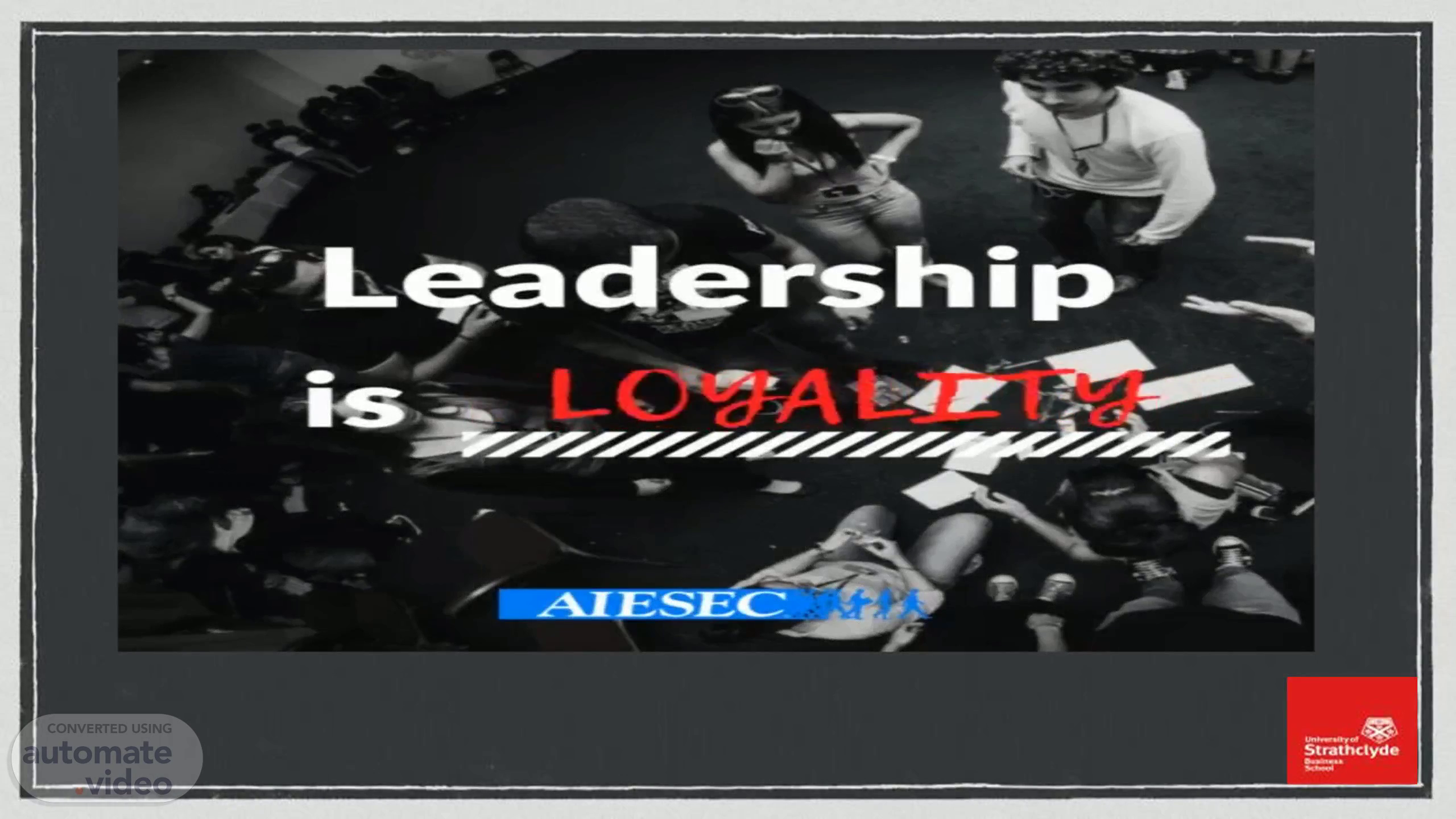Page 1 (0s)
VID-20220119-WA0027.mp4.
Page 2 (5s)
Shared Leadership. Supported by Evas Michelle Musoke Akshay Singh Sengar Bhakti More Swapnil Goswami.
Page 3 (13s)
What is Shared Leadership?. Shared leadership is distributed up, down and across hierarchies (Blom & Alvesson, 2015) Influence can rise from anyone in the group. Based on interdependency among members Very other oriented giving chance to all members to participate ..
Page 4 (43s)
Personal Experience with Shared Leadership. Case Study : Working on a Food Truck As an owner of a food truck there were 3 people who were working for me . As a team we would take up for the other person as and when required. Everybody’s work was distributed according to expertise..
Page 6 (1m 27s)
Lead one another to the achievement of the group’s goal. Decentralized management which empowers equal participation among all members. Most ideal be c ause of post-heroic approach that tends to highlight equal participative opportunities among members. Collaboration and shared practices in the workplace facilitate optimal results (Fletcher, 2004)..
Page 7 (2m 5s)
Shared leadership is a learning tool for the followers who take on leadership roles in their capacities. (Hence boosting skills). Rather than “power-over”, shared leadership facilitates a “power with” dynamic between leadership from the top to the bottom of the spectrum. (Fletcher, 2004) Improves the individual relationship between the self and the rest of the team. Mundane tasks (Listening, manager checking on team) were seen as a form of leadership (Alvesson & Sveningsson, 2003) and highly appreciated by the subordinates..
Page 8 (3m 9s)
How would you do shared leadership in another setting? (How would you reproduce it?).
Page 9 (4m 3s)
Final Thoughts on leadership in line with shared leadership. (Lessons!).
Page 10 (4m 44s)
References. Fletcher, J. K. (2004). The paradox of post heroic leadership: An essay on gender, power, and transformational change. The Leadership Quarterly. 15(5). Pages. 647-661. Alvesson, M., & Sveningsson, S. (2003). Managers doing leadership. The extra-coordinatizations of mundane. Human relations, 56(12), 1435-1459. Sergi, V., Denis, J., & Langley, A. (2012). Opening up perspectives on Plural Leadership. Industrial and Organizational Psychology, 5(4), 403-407. Blom, M., & Alvesson,M. (2015). All inclusive and all good: The hegemonic ambiguity of leadership. Scandinavian Journal of Management, 31(4), 480-490..
Page 11 (5m 17s)
Thankyou.
